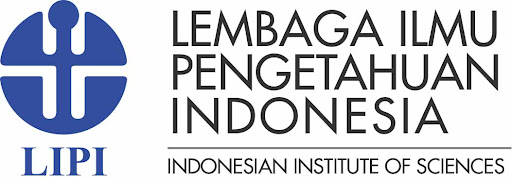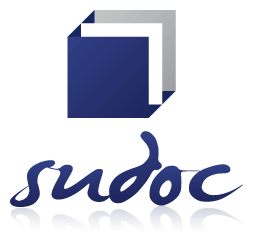Tahlil Su’ubāt Ta’allum al Lughah al Arabiyyah Li Thullāb Fashl al Tsāni al Madrasah al Tsānawiyah al Salafiyah al Syāfi’iyah Seblak Jombang
DOI:
https://doi.org/10.33752/el-fusha.v5i2.6790Keywords:
Bahasa arab, kesulitan belajar, Madrasah Tsanawiyah Syalafiyah Syafi'iyah Seblak JombangAbstract
This study aims to determine the learning difficulties Arabic language experienced by grade 2 students of Madrasah Tsanawiyah Syalafiyah Syafi'iyah Seblak Jombang in learning Arabic. The analysis was conducted by looking at the approaches and methods used by the teacher. This research uses descriptive qualitative methods where data is collected through observation, interviews, and documentation. The results showed that the difficulties experienced by students in terms of the approach used by the teacher is a structural approach. where the teacher demands understanding of formulas and terms while the level of understanding of students varies. The causes of these difficulties include lack of motivation, limited vocabulary, difficulty in understanding Arabic writing, and inadequate learning facilities. In addition, the teacher's limited ability to create an interesting learning environment and students' lack of practice also contribute to learning difficulties. Another difficulty is in terms of memorization methods used by teachers, due to students' lack of memory. To overcome these problems, a solution is needed in the form of using learning methods and approaches that are in accordance with the characteristics of students so that the learning process becomes more effective and provides additional support for students who have difficulty in learning Arabic. This is expected to improve the quality of Arabic language learning in the Madrasah.
Downloads
References
Amiruddin dan Candra Wijaya, Ilmu Pendidikan Konsep, Teori dan Aplikasinya, Medan: LPPPI, 2019.
Arsyad Azhar, Bahasa Arab dan Metode Pengajarannya, Cet. II; Yogyakarta: Pustaka Pelajar, 2004.
Danim Sudarwan, Menjadi Peneliti Kualitatif , Cet. I; Bandung: CV. Pustaka Setia, 2002.
Gusman Lesmana dan Elfrianto, Metodologi Penelitian Pendidikan, Medan: UMSU PRESS, 2022.
Hamalik Oemar, Proses Belajar Mengajar , Cet. X; Jakarta: PT Bumi Aksara, 2009.
Herdiansyah Haris, Wawancara, Observasi, dan Focus Groups Sebagai Instrumen Penggalian Data Kualitatif , Cet. I; Jakarta: Raja Grafindo Persada, 2013.
Hermawan Asep, Metodologi Pembelajaran Bahasa Arab, Cet. II; Bandung: PT Remaja Rosdakarya.
Imam JakaMahesa Wijaya, How To Teach Arabick, Malang: Guepedia, 2020).
Latif Abdul, “Analisis Kesulitan Belajar Bahasa Arab, Kasus pada Mahasiswa Semester IV Program Studi Pendidikan Agama Islam STAIN Parepare” Skripsi Sarjana; Jurusan Tarbiyah dan Adab: STAIN Parepare, 2014.
M. Abdul Hamid dan Bisri Mustofa, Metode dan Strategi Pembelajaran Bahasa Arab, Cet.IV; Malang: UIN-MALIKI PRESS, 2016.
Mudjionodan Dimyati, Belajar dan Pembelajaran, Cet. I; Jakarta: PT Rineka Cipta, 1999.
Yaumi Muhammad, Prinsip-prinsip Desain Pembelajaran Disesuaikan dengan Kurikulum 2013 Edisi II Cet. III; Jakarta: Kencana Prenada Media Group, 2014.
Zulhannan, Teknik Pembelajaran Bahasa Arab Interaktif, Edisi 1 Cet II; Jakarta: PT Raja Grafindo Persada, 2015.












